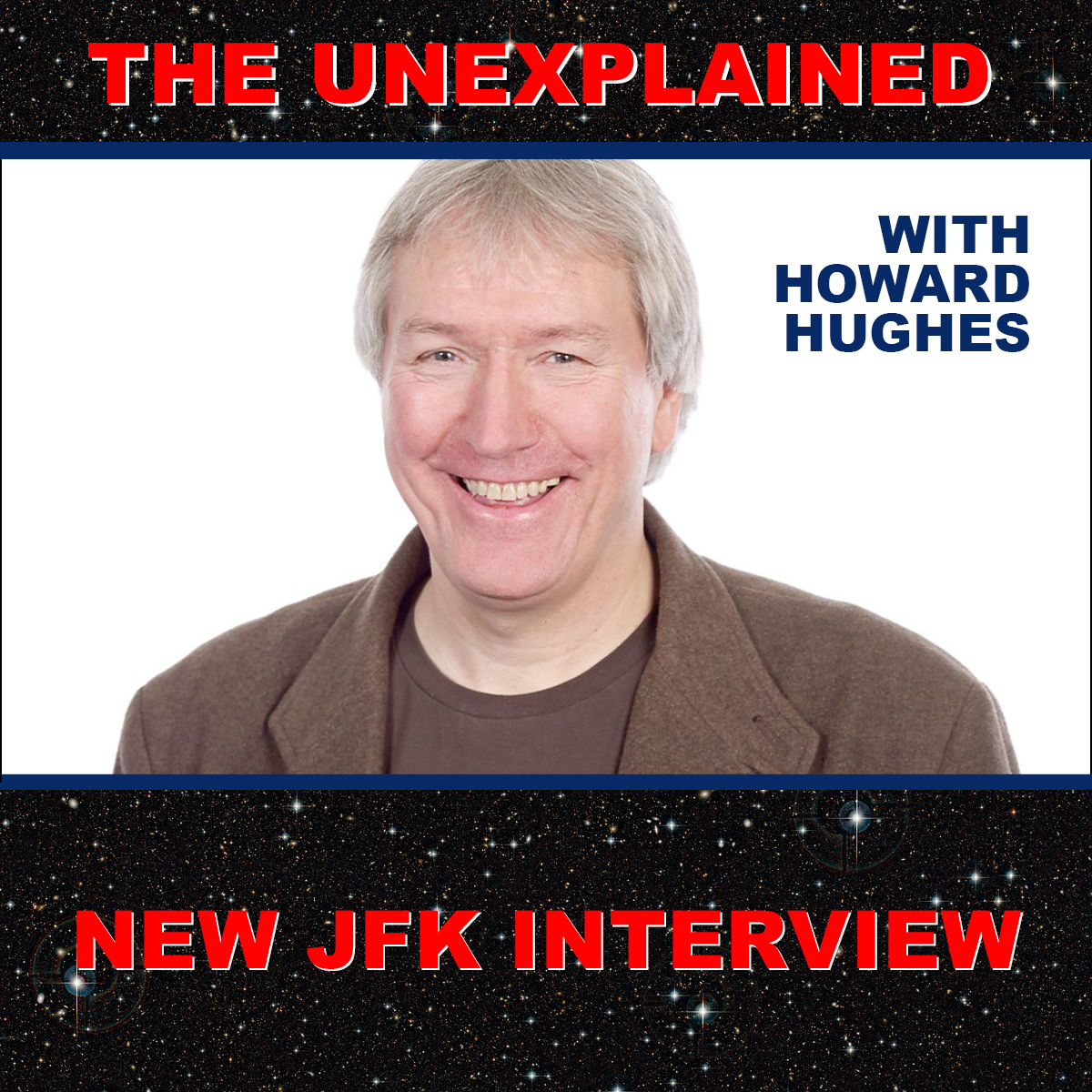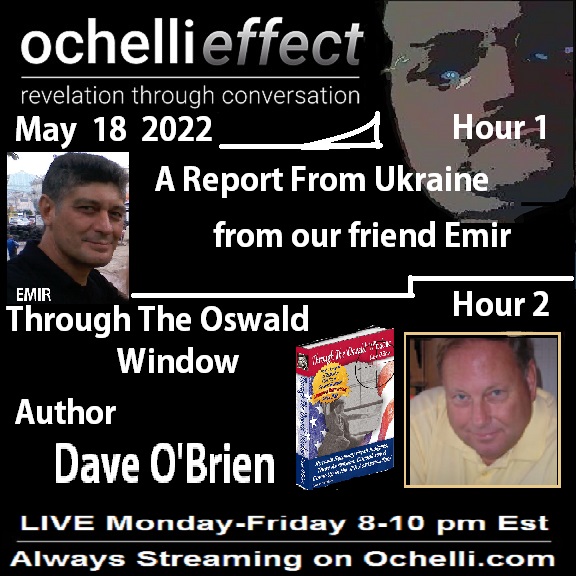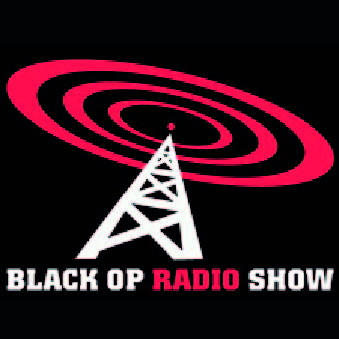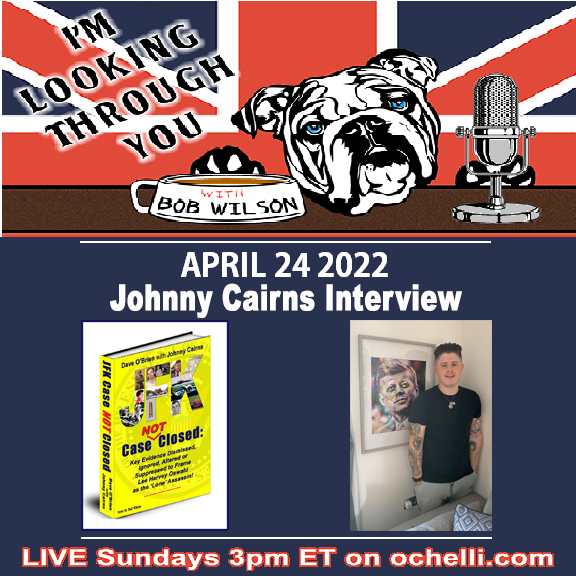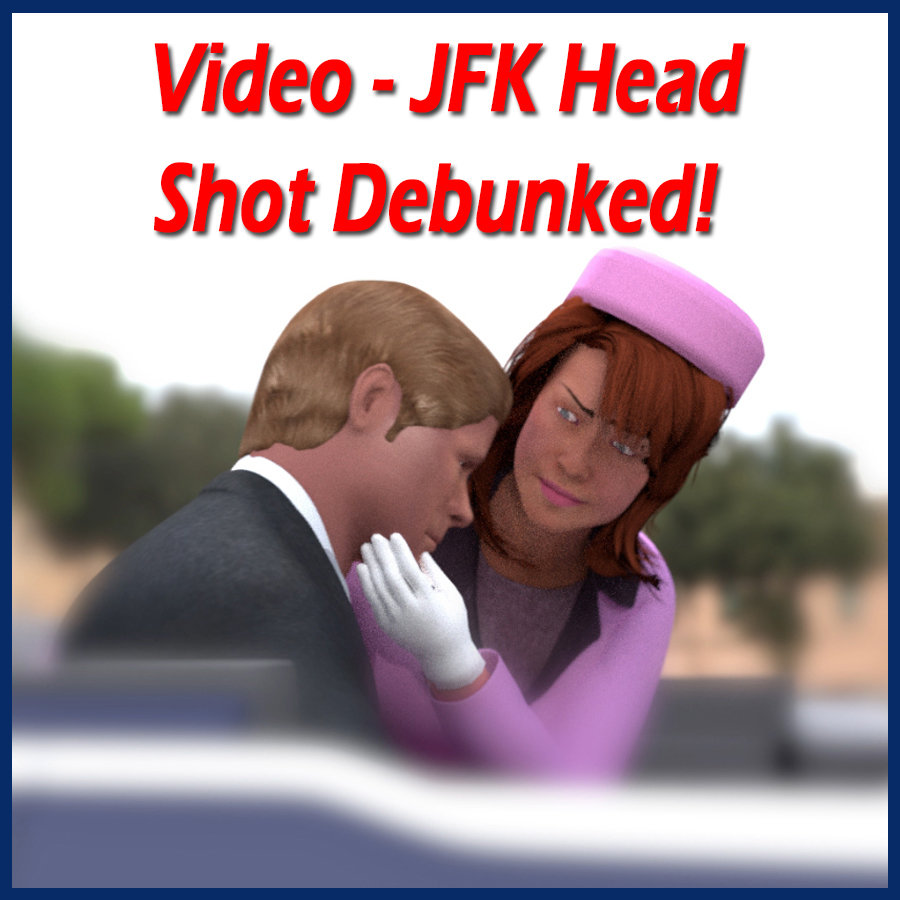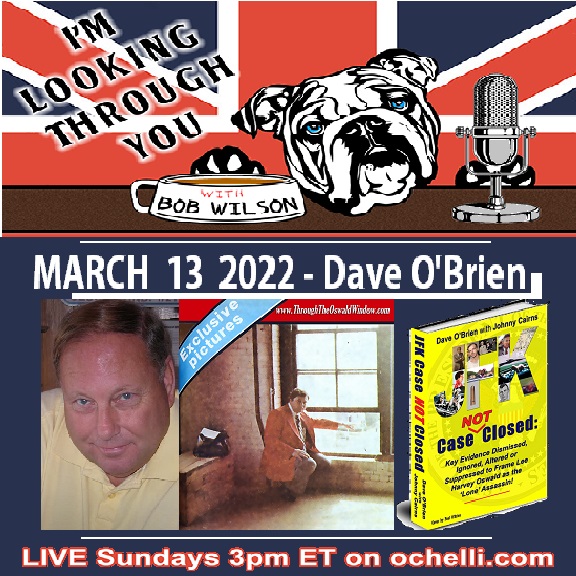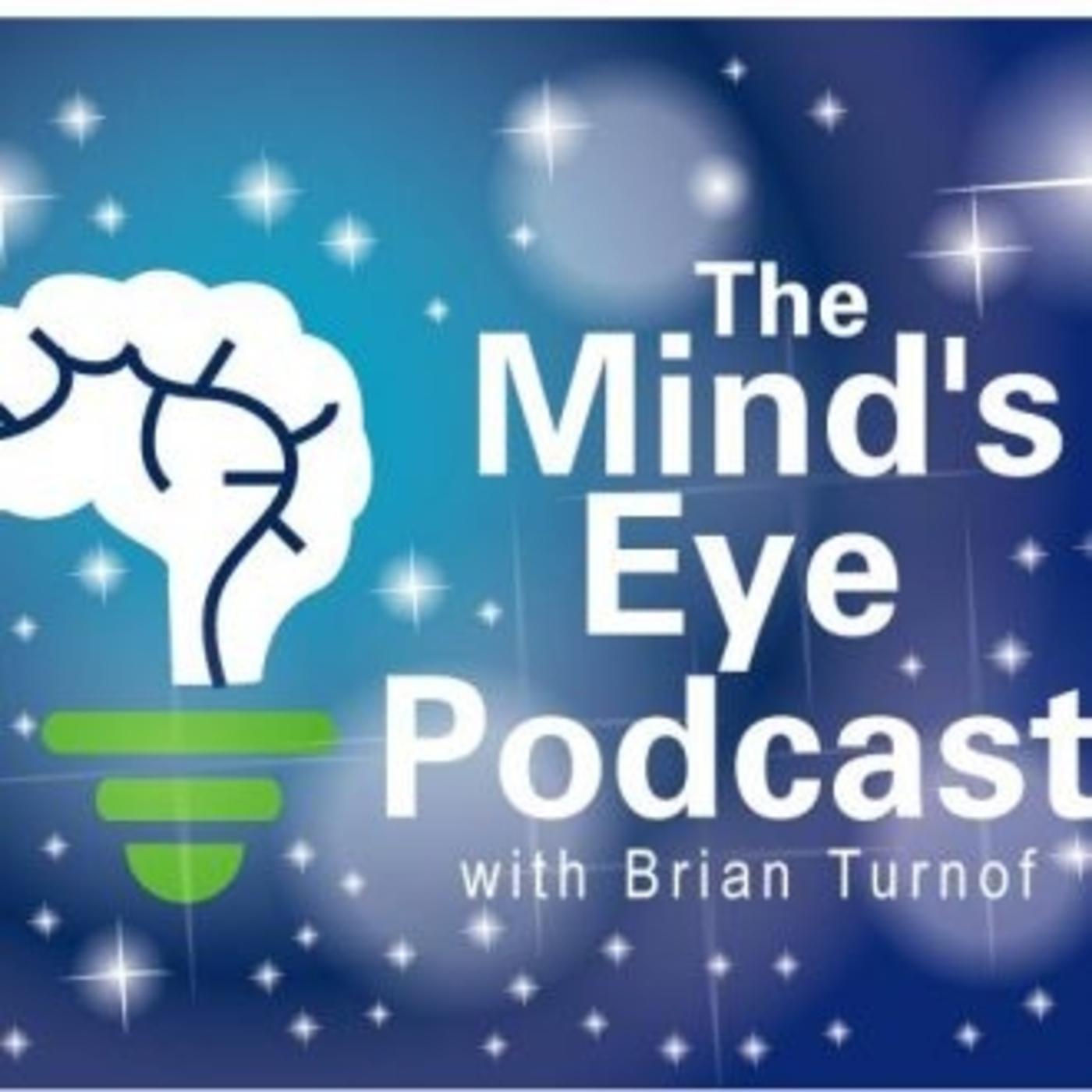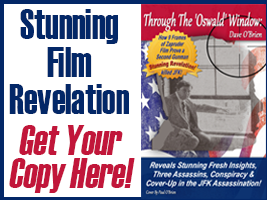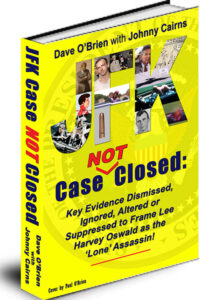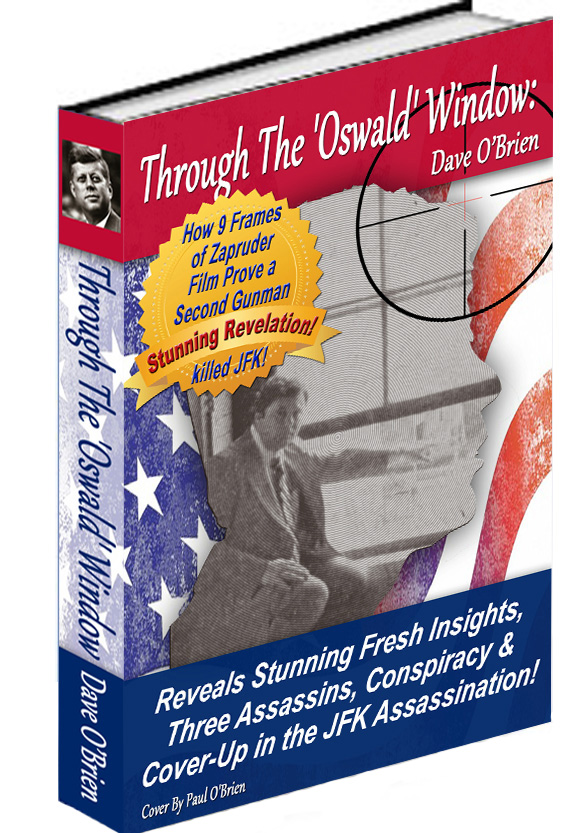How Medical Illustrator Harold Rydberg Was Duped into Misrepresenting JFK Autopsy Photos to Set-Up Oswald as the ‘Lone’ Assassin!
by Dave O’Brien
(Part 1 of 2)
From His Revised Book Through The ‘Oswald’ Window:
Reveals Stunning Fresh Insights, Three Assassins,
Conspiracy & Cover-Up in the JFK Assassination!
_______________________
The Warren Commission manipulated military medical illustrator Harold Rydberg to unwittingly misrepresent JFK autopsy photos to alter the wounds on the President’s body for one purpose:
To Frame Lee Harvey Oswald as the ‘lone’
assassin of President John F. Kennedy!
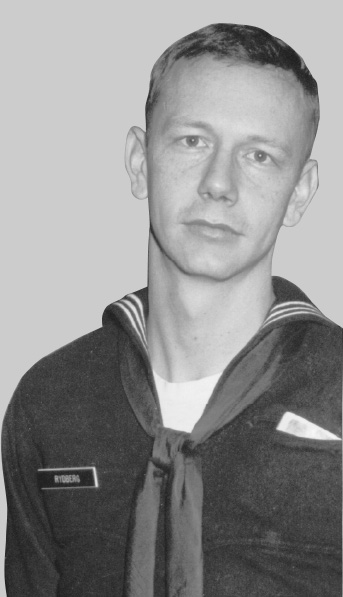
And 15 years later, the House Select Committee on Assassinations (HSCA) appears to have misused its own medical illustrator to again misinform the American public.
Both government panels investigating the November 22, 1963 Kennedy assassination employed a professional medical illustrator under the guise that it would be in poor taste to publish the actual autopsy photos and x-rays of the murdered President in their finished reports.
This reasoning would be completely acceptable if the two investigative bodies shared the common goal of presenting accurate depictions of the wounds sustained by the nation’s 35th President as a way of providing tasteful illustrative proof of what happened that horrific day.
However, it becomes clear that both government inquiries were more interested in two common narratives:
1. Single Bullet Theory – All seven non-fatal wounds suffered by Kennedy and Connally were caused by the same bullet fired by Oswald from the 6th floor Book Depository window.
2. Kill Shot – The shot that ended President Kennedy’s life was also fired by Oswald from the same window situated 60 feet up and 270 behind the limousine.
A MILITARY COUP OF SORTS
An unlawful military post mortem on the President of the United States would soon require the services of Naval corpsman Harold Rydberg to help the autopsy surgeons prepare for their testimony before the Warren Commission, which was assembled by President Lyndon Johnson after accused assassin Lee Harvey Oswald was murdered by Jack Ruby prior to a public trial taking place.
Within minutes of President Kennedy being declared dead at 1 p.m. at Parkland Hospital in Dallas, his Secret Service detail defied state law by taking possession of the President’s body.
It is not clear if the agency was following orders by newly sworn-in President Johnson or the wishes of grieved First Lady Jackie Kennedy, both of whom refused to leave Dallas without the body.
Under Texas law, Kennedy’s murder was a state crime that would customarily require the body to be turned over to the Dallas County Medical Examiner’s office for a post mortem examination to ascertain the precise cause of death.
In defiance of this law, Secret Service agents whisked the President’s body away and took it to Air Force One at Love Field airport for the fallen leader’s final return to the nation’s capital.
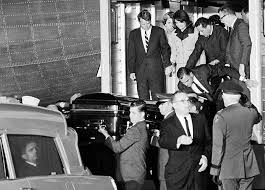
Upon arrival at Washington, what should have happened to President Kennedy’s body in Dallas was again disregarded. Instead of the body being taken to the District of Columbia or Maryland Medical Examiner’s office for autopsy, the military seized control of the body and took it to the Bethesda Naval Hospital in Maryland.
If you or I suffered a death by violent means, we would be given a competent post mortem examination by qualified civilian forensic pathologists to not only determine the cause of death, but provide evidence used for or against anyone accused of causing our death.
This basic right was NOT given to the President of the United States!
Because of the military takeover of his remains, the following tragic consequences would occur:
• Unqualified Surgeons – Instead of a competent civilian ‘forensic pathology’ examination of Mr. Kennedy’s body, the Navy called upon three ‘general hospital pathologists’ to conduct the official autopsy.
Shockingly, not one of the three military pathologists had ever conducted a post mortem examination involving death by gunshot or violent means of any sort!
As acclaimed forensic pathologist Dr. Cyril Wecht explained in my book Through The ‘Oswald’ Window, a general hospital pathologist’s expertise is death caused by natural means and usually involves the study of tissue slides and body organs to arrive at cause of death.
Respectfully, the science of forensic pathology is much more complex due to the violent nature of death and requires methodologies and procedures unfamiliar to general hospital pathologists.
It is troublesome to know that unqualified autopsy surgeons would play a key role in the diagrams that Rydberg would compose on their behalf.
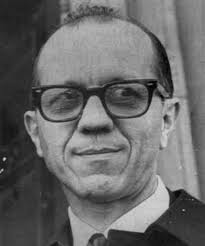
• Military Directives at Autopsy – We have since learned that military superiors present at the autopsy directed the surgeons to not proceed with certain routine procedures during the examination.
Colonel Pierre Finck testified before the HSCA 15 years later that as he was about to surgically examine the pathway of the back wound on the President, a military superior in the room ordered him to stop the procedure.
This one directive alone affected the official autopsy findings. Despite the halted examination of the President’s back wound, the Warren Commission concluded that the bullet that caused this wound transited JFK’s body and went on to cause all the wounds on Governor Connally, giving birth to the controversial ‘Single Bullet Theory.’
This contrasts with both the official autopsy report and the FBI autopsy report, both of which say the back wound was a shallow wound that did not transit the body.
• Missing Brain – Under military supervision, a critical examination of the President’s brain was never done because it went missing soon after the autopsy was completed.
Since President Kennedy died as a result of a gunshot to the head, a proper examination of his brain would have provided proof of the bullet’s point of entry, point of exit and pathway inside the brain.
This allowed the Warren Commission to conclude, without any forensic brain evidence to dispute it, that the fatal head shot came from above and behind where the ‘lone’ assassin Oswald just happened to be positioned.
The military autopsy on JFK is riddled with several other errors and omissions that would have been exposed by forensic pathology witnesses had Oswald lived to stand trial.
Tragically, we now know why qualified civilian forensic pathologists in Dallas, the District of Columbia or Maryland were not called upon to conduct the President’s post mortem – they could not have been controlled by military personnel.
The bungled autopsy also effects illustrator Harold Rydberg in two ways:
1. Never Employed – Had the autopsy been carried out by a county Medical Examiner, Rydberg would never have been called upon to be the medical illustrator, thus nullifying the burden of regret he carried for decades.
2. Bizarre Circumstances – Under civilian control, the use of a medical illustrator would have been undertaken far more professionally and promptly than the bizarre circumstances thrust upon Rydberg.
RYDBERG’S UNWITTING PART
IN FALSE HISTORY
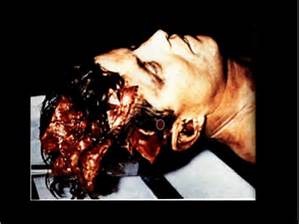
Harold Rydberg has been critically vocal all of his professional life about the process he was put through, even questioning the accuracy of his own drawings and how they were used by the Warren Commission to help it arrive at false findings.
With assurances by President Lyndon Johnson that the JFK autopsy photos and x-rays would be kept sealed from the public for 75 years by Presidential signature, the Warren Commission didn’t have to worry about the public seeing images such as shown at right.
Instead, the Commission had schematic artist Rydberg more tastefully depict the President’s wounds to help illustrate its essential findings.
What follows are the three key color illustrations drawn by Rydberg and how the Warren Commission used them to fit a false narrative:
Commission Exhibit (CE) 385 shows a bullet entering at the base of the President’s neck that travels cleanly through his neck to exit his throat just below the Adam’s Apple.
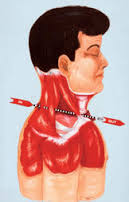
The Commission used this illustration to claim that this bullet (CE 399) went on to cause all the wounds sustained by Governor John Connally, seated in front of JFK.
In attributing all seven non-fatal wounds on the two men to this bullet’s trajectory, the Commission was able to present its ‘Single Bullet Theory’ to explain why Connally is seen on the Zapruder film reacting to his wounds less than one second after President Kennedy is seen reacting to his wounds depicted in CE 385.
The timing of the reactions of the two men proved to be problematic for the Commission because Oswald’s rifle can’t be fired twice in less than 2.3 seconds. Yet Connally is clearly hit before the Oswald rifle can be fired a second time, leaving only two possibilities:

1. Single Bullet – Connally was hit by the bullet that first struck Kennedy in the back of his neck as shown in CE 385 (Single Bullet Theory).
2. Two Bullets – Connally was hit by a separate bullet fired almost simultaneously to the first shot. This would require a second assassin also positioned to the rear of the two men.
In this author’s book Through The ‘Oswald’ Window, additional evidence is presented that a shot also came from the Dal-Tex Records Building, situated directly across the street from Oswald’s alleged position.
Upon presenting the remaining two Rydberg drawings, sample evidence will be introduced that caused Warren Report critics such as yours truly and the artist himself to question the accuracy of the illustrations that form the basis of Oswald being the ‘lone’ assassin that terrible day in Dallas.
THREE SHOTS ALL FROM BEHIND
CE 386 summarizes the two bullet entry wounds and the explosive head exit wound suffered by Mr. Kennedy as he sat is an open limousine traveling at 11 mph.
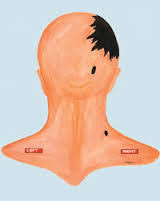
First, despite major counter evidence to follow, this diagram again shows the first wound inflicted on JFK at the rear of his neck. Had this been the only wound he received, the President would have survived this assassination attempt.
Since the Commission concluded that one shot from the ‘Oswald’ window missed the limousine and its occupants completely, CE 386 illustrates both the point of entry and exit for the head shot that killed the President.
The small entry wound shown at the back of his skull again substantiates the Commission’s finding that this shot came from aback of him, allowing it to be attributed to Oswald firing from the Book Depository 6th floor window.
Also shown in CE 386 is the blasted-out exit wound just above the right ear, which corresponds to the entry wound seen at the rear of his skull.
The Commission used exhibits 385 and 386 to illustrate the two shots fired that day that caused both the lethal and non-lethal wounds on President Kennedy as a means of attributing all the shots to sniper Oswald.
The final drawing by Harold Rydberg (CE 388), which he has since claimed to be inaccurate and misrepresented by the Warren Commission, not only offers a third viewing of the rear neck wound, it dramatically depicts the explosive nature of the fatal JFK head shot.
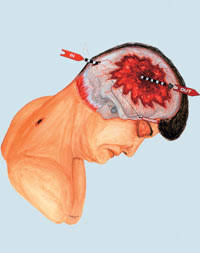
This schematic drawing, not coincidentally as we would learn, reiterates the head shot originating from the rear, then exiting Kennedy’s skull with a fist-sized outward blast just above his right ear.
Just like Commission exhibits 385 and 386, exhibit 388 is consistent with the government’s conclusion that all the shots that day came from Lee Harvey Oswald positioned at the 6th floor southeast corner window of the Book Depository Building where he was employed.
These diagrams were instrumental in the Commission asserting that Oswald was the sole assassin and that there was no conspiracy, foreign or domestic.
REBELLIOUS RYDBERG
You may be stunned to learn that Harold Rydberg was ordered to illustrate the wounds on President Kennedy without being allowed access to the original autopsy x-rays and photos!
Remarkably, Rydberg composed CE’s 385, 386 and 388 four months after the assassination based on verbal descriptions of the wounds provided to him by Commander James J. Humes, who headed the post mortem examination on the President.
Humes, in turn, provided the Rydberg drawings to the Warren Commission when he testified before the panel, using them to officially position and describe the nature of the bullet wounds sustained by President Kennedy.
Even more alarming, in keeping the actual autopsy images hidden from the public, the Warren Report relies heavily on Rydberg’s drawings to state their case for the wounds inflicted upon the President.
This would be fine if Rydberg’s schematic renderings were unquestionably accurate, but even he soon realized that his artwork was based on false and misleading descriptions from Dr. Humes.
As Rydberg told a local newspaper in Chapel Hill, NC in 1987, “They’re my drawings. The whole Warren Commission Report – that Oswald acted alone – is based on the three drawings I did. That’s why I can’t let this alone.”
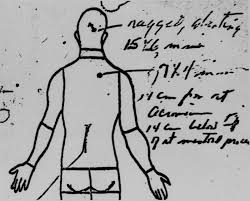
After reading the Warren Report and seeing autopsy information released via the Freedom of Information Act that conflicted with his drawings, Rydberg publicly broke ranks with the official government version of the JFK assassination.
“He had to have been shot from the grassy knoll,” Rydberg maintained until his death in July of 2017 despite his own illustrations that suggest all shots came from above and behind the limousine.
For his entire professional life, Rydberg relentlessly pursued access to the original JFK autopsy photos and x-rays, writing several letters to government officials, taking it as high up as Vice President Spiro Agnew and President Jimmy Carter over the years.
Tragically, both military and government bureaucracy would outlast Harold Rydberg’s pursuit of the truth.
15 years after the assassination, the HSCA curiously declined to employ Rydberg as it’s medical illustrator despite his experience with the Warren Commission. Instead, the hiring of specialist Ida Dox would prove to be another bizarre relationship with a government investigative panel as her drawings mostly affirm the faulty schematics of Rydberg.
Was Harold Rydberg not considered by the HSCA because he was publicly questioning his own artwork in the case? Was he not utilized because it would finally grant him access to the original JFK autopsy photos and x-rays that he felt he needed to correct the historical record?
_____________________________________
For part 2, click on Ida Dox below:
How medical illustrator Ida Dox unwittingly helped the HSCA to also falsify history

